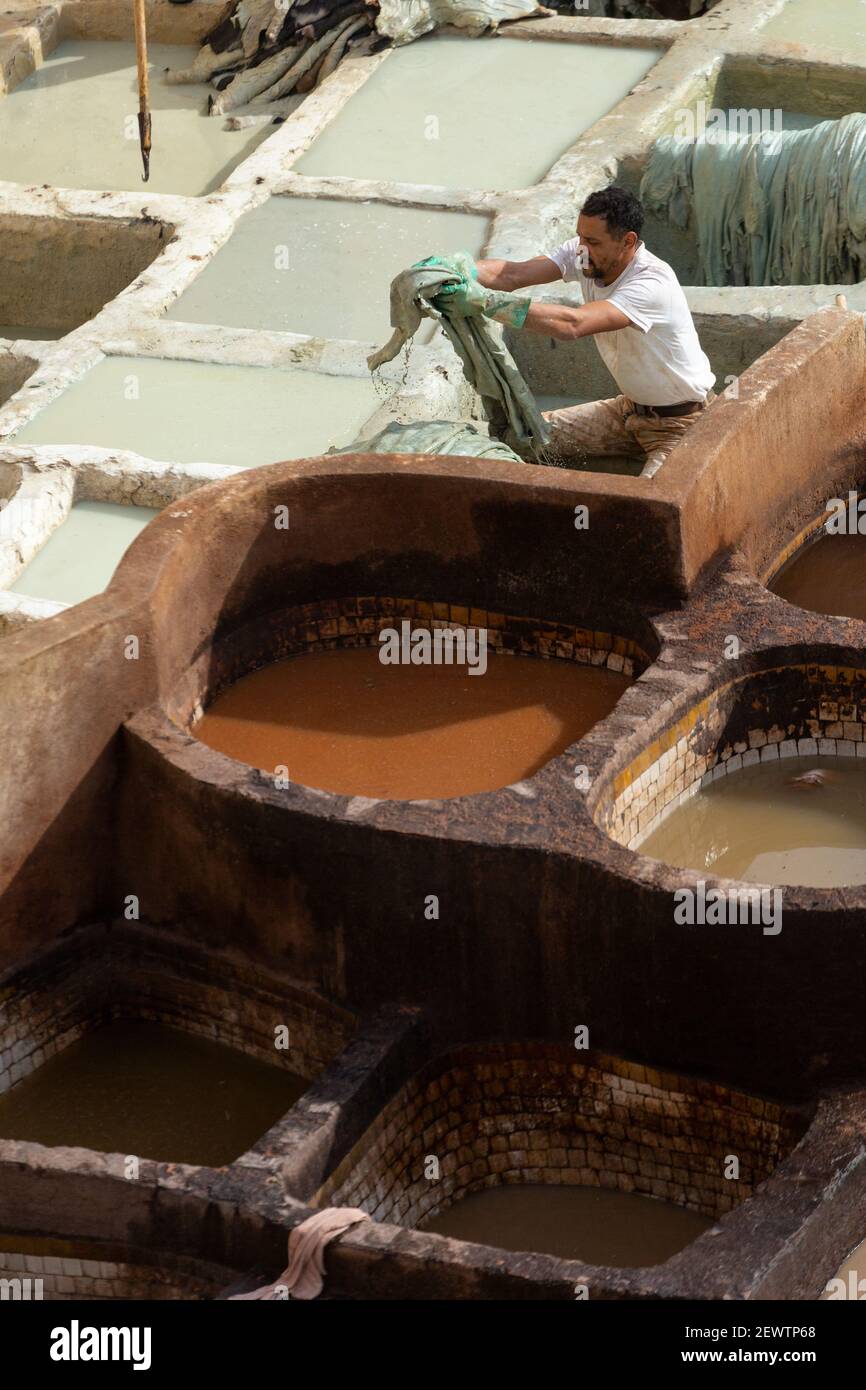

Further structural and functional analysis of metagenome encoded enzymes may facilitate the discovery of novel proteases useful in bioremediation of STW. Abundantly present serine- and metallo-proteases belonging to Bacillaceae, Clostridiaceae, Xanthomonadaceae, Flavobacteriaceae and Chitinophagaceae families exhibited proteinaceous waste degrading ability of these metagenomes.

KEGG displayed 58 proteases encoding ORFs compared to 51 ORFs displayed by SEED classification in JJK and UNK metagenomes, respectively. KEGG and SEED annotated main functional categories included carbohydrate metabolism, amino acids metabolism, and protein metabolism. Presence of pollutant degrading microbes such as Bacillus, Clostridium, Halanaerobium and Pseudomonas strongly indicated their bioremediation ability. Microbial diversity analysis revealed domination of Proteobacteria, Firmicutes, Bacteroidetes, Actinobacteria, and Planctomycetes in both metagenomes. Two metagenomes representing tannery waste dumpsites Jajmau (JJK) and Unnao (UNK) were sequenced using Illumina HiSeq platform.

Tanneries pose a serious threat to the environment by generating large amount of solid tannery waste (STW).


 0 kommentar(er)
0 kommentar(er)
